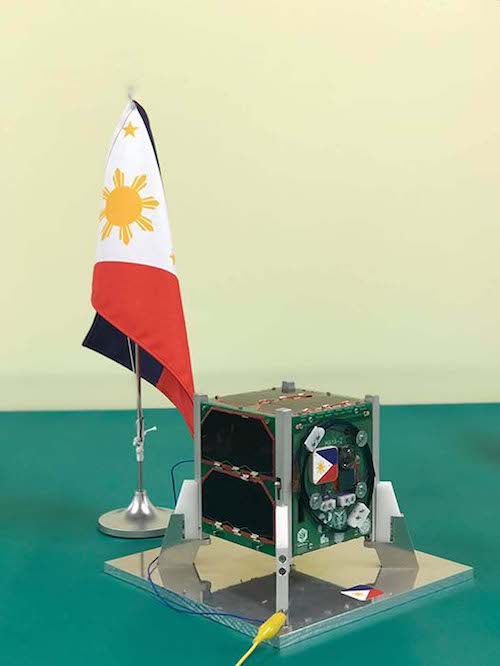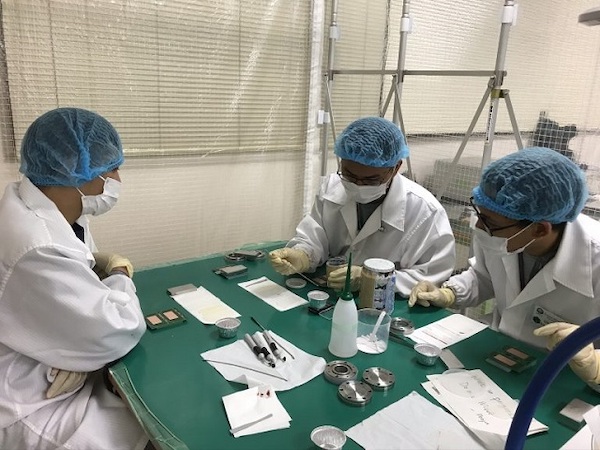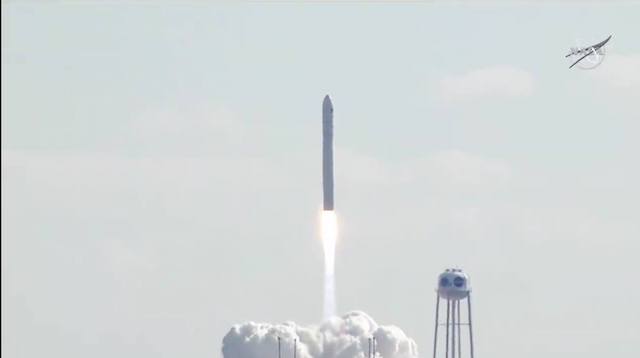‘For the future of our country’: Pinoy space engineers on launching PH's 2nd cube satellite against odds
If NASA has Perseverance, the Philippines has a relentless vision.
It is manifested by Filipino space engineers Izrael Zenar Bautista, Mark Angelo Purio, and Marloun Sejera, who developed the country’s second cube satellite “Maya-2 CubeSat” and, against all odds, launched it through the International Space Station (ISS) on Feb. 21, 2021.
Maya-2 is described by the Department of Science and Technology (DOST) as the fourth satellite sent out by the Philippines, next to Diwata 1 in 2016 and Diwata 2 and Maya-1 in 2018.
The three engineers, who are all pursuing doctoral degrees in Space Systems Engineering at the Kyushu Institute of Technology (kyutech), built Maya-2 as an educational CubeSat to further their studies on satellite development.
Maya-2 is also equipped with a camera for image and video capture for purposes related to COVID-19 management, agriculture, forest cover and natural resources inventory, weather forecasting, and disaster damage assessment and monitoring, among others.

The CubeSat is no bigger than a shoebox with measurements running at 10 cm x 10 cm x 10 cm, according to Stamina4space Program Research Engineer Dr. Adrian Salces.
Despite the technology’s minuteness, it entailed its developers to work their fingers to the bone for two years suffused with some challenges.
“It took us almost two years to develop it. Normally, this would only take one to one and a half years, but the pandemic contributed to the delay because of government lockdown protocols,” Bautista told PhilSTAR L!fe.
"We had to coordinate remotely to get things done since some of our members are away," Purio added. "It contributed to the challenges we faced during the final stages of the project as most of the work, such as troubleshooting and finalizing software and satellite assembly, was done with fewer people from the team."
As first-timers in satellite development, the team also had to speed up learning the ropes of the trade.
“None of us had any experience building satellites. This is a capacity-building effort so that is expected. But we have to learn things quickly and we have to do that alongside our academic load or research,” Bautista said. “There’s a steep learning curve in making these satellites and there's a strict deadline that you have to meet or else you'll miss the launch date and get delayed for several months or years.”
“There are also budget limitations,” he added.

Despite all the hiccups, the three engineers have always looked at Maya-2 with high hopes.
“Designing something that will be sent to space is always daunting because there's no take-back and repairs once it is sent there. So you have to do everything almost perfectly,” Bautista said. “It was very hard but at the end of the day, we know that this task is worth all the effort.”

At 1:36 a.m. of Feb. 21, Maya-2 has blasted off to outer space on-board the S.S. Katherine Johnson spacecraft in NASA's Wallops Flight Facility in Virginia, USA. It was a feat that brought the three engineers a “mix of relief and pressure,” Bautista said.
That pressure, however, stems from their will to give back and give more to the country.
“During our team meetings, I always say as their project manager that what we are doing is not only for our personal careers but for the future also of our countries. So, we are carrying the burden that we need to give our best effort because a lot hinges from the project,” he recounted to PhilSTAR L!fe.
“Another thing I point out to them is that we are spending public funds for our project that could have been used in other forms of public service, so we must put this money to good use and send a working satellite that would be beneficial to our countrymen,” he added.
Apart from that, Bautista and his team have since been grounded by the desire to be an inspiration to the Filipino youth.
“Another inspiration would be the younger generation, who we want to inspire, to take space engineering and other STEM courses so that our country would have more engineers and scientists that would do breakthroughs in the future,” the space engineer said.
What’s next for Maya-2?
The development of Maya-2 CubeSat is part of a multi-nation program titled “BIRDS-4 Satellite Project” hosted by Kyutech in collaboration with the Philippines, Japan, and Paraguay.
While the date of Maya-2’s deployment to Low Earth Orbit is yet to be determined, Bautista said that it is estimated to be around March or April this year.
“Right now, we are preparing for the operation once the satellites are sent into orbit,” he continued. “Along with the participating ground stations around the world, we want to maximize the use of the satellite and finish all the missions.”
After which, Bautista, Purio, and Sejera will set forth on their own duties to fabricate a STEM-centric future for the Philippines.
“After we graduate and get our degrees, we plan to go back to our respective institutions and proliferate space systems engineering to enable more Filipinos to do what we did and help us build better satellites in the future,” Bautista concluded.
Photos from STAMINA4Spaca/ Birds-4 Project.


